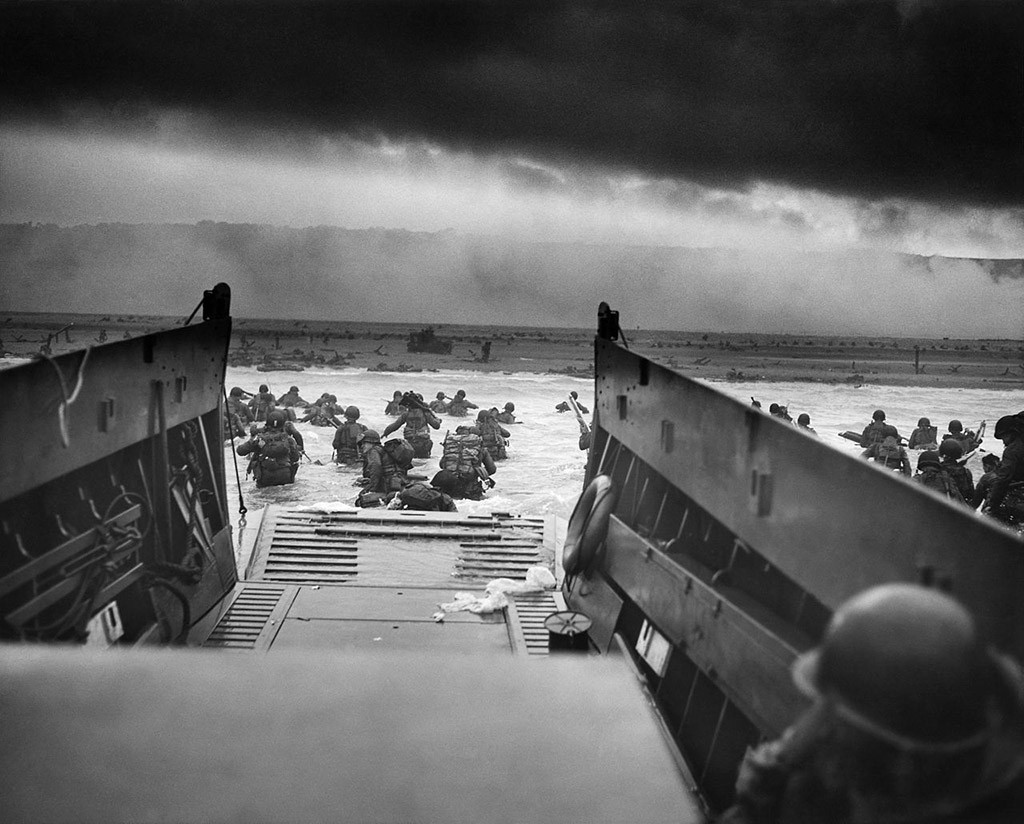On 6 June 1944 the Allied forces crossed the English Channel to Normandy to begin their epic struggle to reclaim France and eventually gain victory against the German forces in Europe. Often overlooked, planning the invasion (codenamed Operation Overlord) was a mammoth task. A vast army of workers toiled on various elements of the campaign, from providing safe harbours for the travelling fleet to ensuring that fuel would be in plentiful supply. An array of sites linked to the planning, preparation and implementation of D-Day were located across Britain, from embarkation area headquarters along coastal regions, such as Quay House in Portsmouth, to the inland headquarters of the Allied commanders, such as Southwick House in Hampshire, the Cabinet War Rooms and St Paul’s School in London. Once the campaign was underway, Britain continued to provide troops and supplies to mainland Europe, while injured service personnel returned to the country to recuperate, many located in Haslar Hospital, Gosport. Once underway, the campaign was reported on by journalists such as the Daily Telegraph’s Fred Perfect, who travelled with the convoy, wiring back stories for publication.
The significance of Operation Overlord ensures that it is one of the most remembered campaigns of the Second World War and is prominent in remembrance events. In 1959 Cornelius Ryan published The Longest Day, based on interviews he undertook with Allied and German service personnel. Meanwhile the National Memorial Arboretum in Staffordshire is home to a dedicated D-Day memorial, while the D-Day Museum in Portsmouth remains the only museum devoted solely to remembering the D-Day campaign.
